CLSM images of Tolypothrix sp. and Pseudomonas sp. dual-species biofilm
Photo: Mahir Bozan, UFZ
Main Topics
- Biofilm Ecology
- Biofilm Applications
- Biofilm Modelling
- Biofilm Analysis - Tool Development
- Emerging Fields in Biofilm Research
Important Dates
- 15th October 2021:
Open abstract submission - 15th February 2022:
Closing abstract submission (we extend the deadline by 4 weeks) - 14th March 2022: Confirmation of abstract acceptance
- 15th February 2022: Registration opening
Speakers
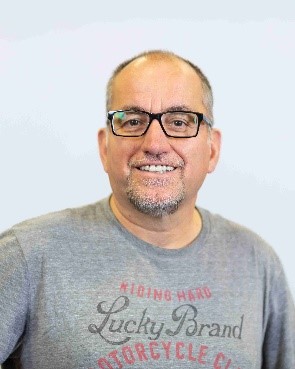 Source: Homepage Washington State University
Source: Homepage Washington State University
Prof. Beyenal is working in the field of electrochemically active biofilms, applying them as catalysts to convert chemical energy to electrical energy or to convert carbon dioxide to biofuels or commodity chemicals. He specially focusses on interspecies electron transfer.
Title Biofilms 10 presentation:
Electrochemically active biofilms
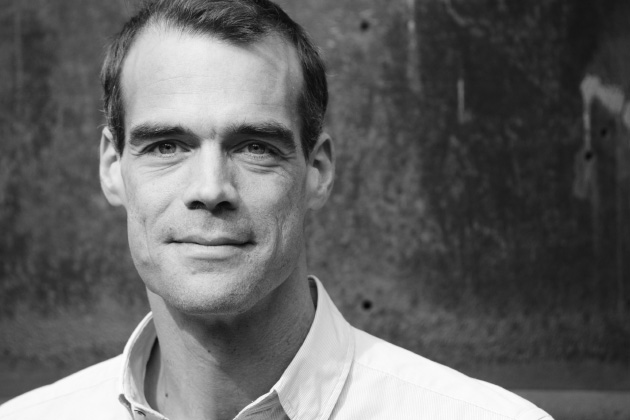 Source: Homepage TU Hamburg-Harburg
Prof. Gescher is investigating the electron transfer in electroactive biofilms on anode and cathode surfaces. Moreover, he is using cathodes for the direct supply of hydrogentrophic biofilms with hydrogen. The aim is to understand the metabolic limitations within applied biofilms and to use this knowledge to develop strategies for reaching the highest space-time-yields possible.
Source: Homepage TU Hamburg-Harburg
Prof. Gescher is investigating the electron transfer in electroactive biofilms on anode and cathode surfaces. Moreover, he is using cathodes for the direct supply of hydrogentrophic biofilms with hydrogen. The aim is to understand the metabolic limitations within applied biofilms and to use this knowledge to develop strategies for reaching the highest space-time-yields possible.
Title Biofilms 10 presentation:
Productive biofilms on electrode surfaces
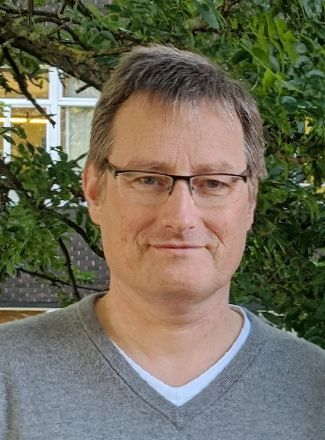 Source: Homepage Jan-Ulrich Kreft
Prof. Kreft’s research interests revolve around the interactions between microbes as well as microbes and macrobes. He is prone to compare biofilms with well-mixed systems and individual-based models with other mathematical models such as ordinary or partial differential equation models. He is most happy if models explain observations in natural environments for the right reasons.
Source: Homepage Jan-Ulrich Kreft
Prof. Kreft’s research interests revolve around the interactions between microbes as well as microbes and macrobes. He is prone to compare biofilms with well-mixed systems and individual-based models with other mathematical models such as ordinary or partial differential equation models. He is most happy if models explain observations in natural environments for the right reasons.
Title Biofilms 10 presentation:
Mathematical modelling of biofilms: what have we learnt?
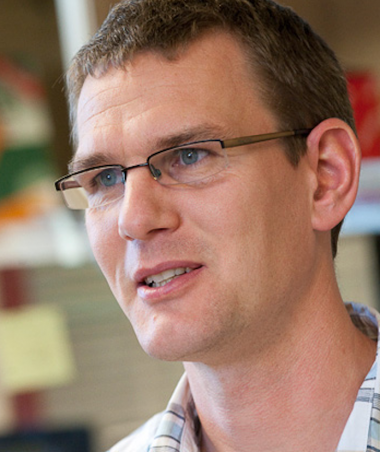 Source: Homepage Ingmar Riedel-Kruse
Prof. Riedel-Kruse uses synthetic biology, optogenetics, and biophysics to engineer multi-cellular bacterial systems while quantitatively controlling and modeling their morphology, patterning, and dynamics. Applications include living materials, green chemistry and energy production, and build-to-understand platforms for infectious diseases and evolution.
Source: Homepage Ingmar Riedel-Kruse
Prof. Riedel-Kruse uses synthetic biology, optogenetics, and biophysics to engineer multi-cellular bacterial systems while quantitatively controlling and modeling their morphology, patterning, and dynamics. Applications include living materials, green chemistry and energy production, and build-to-understand platforms for infectious diseases and evolution.
Title Biofilms 10 presentation:
Engineering bacterial multicellularity with synthetic adhesins for green applications
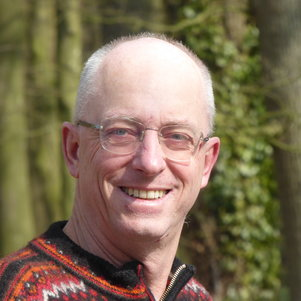 Source: Homepage TU Delft
Source: Homepage TU Delft
Prof. van Loosdrecht is active in the area of Microbial Ecology and it’s application in the design of new processes for wastewater treatment and waste-to-product processes. His research has a focus on biofilm processes, conversion of nitrogen compounds and phosphate and microbial polymer production. The research has led to several processes that are applied worldwide.
Title Biofilms 10 presentation:
Engineering biofilm morphology and development of the Nereda technology for wastewater treatment
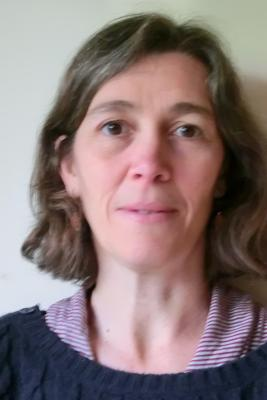 My main research focuses on understanding the microbial communities - especially those developing in biofilms as hot spots for organic matter cycling-, microbial interactions and functioning, and their relationship to environmental factors (i.e., water availability, temperature, nutrients, organic matter quality, pollution) acting as enhancers/limiting/filters/thresholds to their function.
My main research focuses on understanding the microbial communities - especially those developing in biofilms as hot spots for organic matter cycling-, microbial interactions and functioning, and their relationship to environmental factors (i.e., water availability, temperature, nutrients, organic matter quality, pollution) acting as enhancers/limiting/filters/thresholds to their function.
Title Biofilms 10 presentation:
Biofilm ecology: structure, dynamics, actors and factors in a stress world
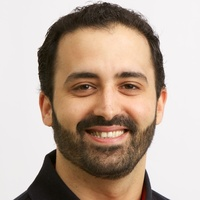 Source: Homepage Ahmed Tlili
Dr. Tlili is active in the field of microbial community ecotoxicology. He specifically uses freshwater biofilms to examine the mechanisms underlying toxicity of pollutants at the community level and to explore adaptive and toxicological response pathways to stressors as well as the potential consequences for populations, communities and ecosystems.
Source: Homepage Ahmed Tlili
Dr. Tlili is active in the field of microbial community ecotoxicology. He specifically uses freshwater biofilms to examine the mechanisms underlying toxicity of pollutants at the community level and to explore adaptive and toxicological response pathways to stressors as well as the potential consequences for populations, communities and ecosystems.
Title Biofilms 10 presentation:
How important are aquatic biofilms to assess ecotoxicological effects?
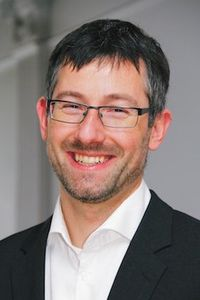 Source: KIT
Dr. Wagner is an expert for the application and improvement of imaging methods for biofilm systems at the micro-, meso- and macroscale; mainly fluorescence microscopy and optical coherence tomography are applied. Furthermore, digital image evaluation for biofilm structure description and the correlation of structural data with the cultivation conditions as well as biofilm system performance is in focus of his research.
Source: KIT
Dr. Wagner is an expert for the application and improvement of imaging methods for biofilm systems at the micro-, meso- and macroscale; mainly fluorescence microscopy and optical coherence tomography are applied. Furthermore, digital image evaluation for biofilm structure description and the correlation of structural data with the cultivation conditions as well as biofilm system performance is in focus of his research.
Title Biofilms 10 presentation:
Biofilm imaging and its changes within the last decades
